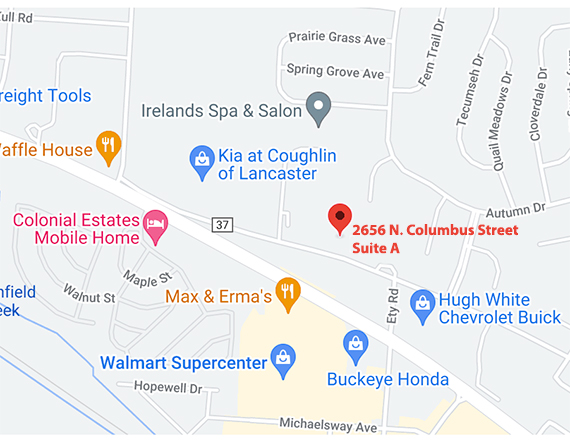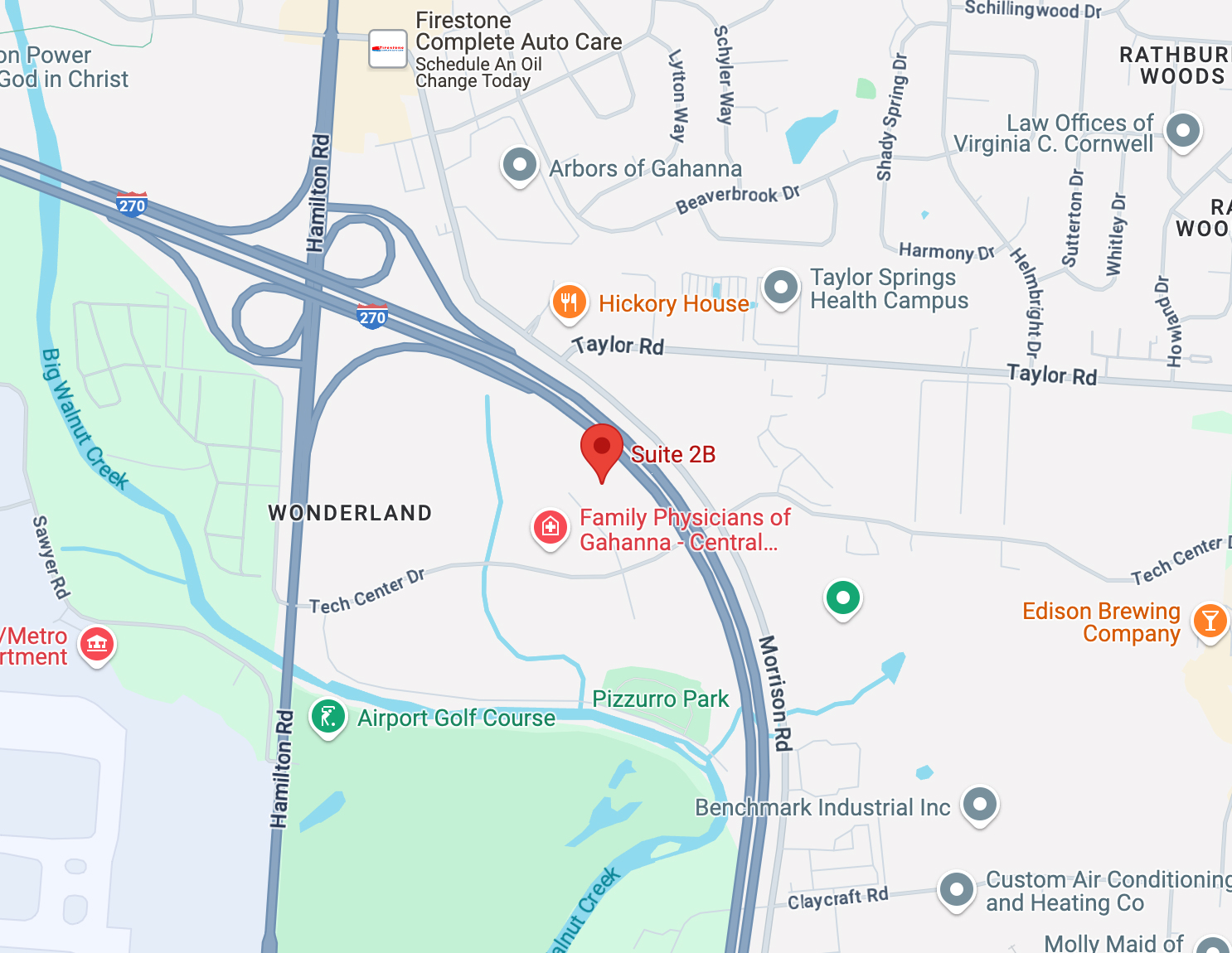TANNING BEDS – Please, don’t. Just don’t.
Published on January 12, 2015 by Central Ohio Plastic Surgery

Did you know . . .
- Ultraviolet radiation (UVR) is a proven human carcinogen.
- The International Agency for Research on Cancer, an affiliate of the World Health Organization, includes ultraviolet (UV) tanning devices in its Group 1, a list of the most dangerous cancer-causing substances. Group 1 also includes agents such as plutonium, cigarettes, and solar UV radiation.
- More people develop skin cancer because of tanning than develop lung cancer because of smoking.
- More than 419,000 cases of skin cancer in the US each year are linked to indoor tanning, including about 245,000 basal cell carcinomas, 168,000 squamous cell carcinomas, and 6,200 melanomas.
- One indoor UV tanning session increases users’ risk of developing squamous cell carcinoma by 67 percent and basal cell carcinoma by 29 percent.
- The risk of basal cell carcinoma is increased by 73 percent if one tans six times per year in high school or college.
- Indoor tanners have a 69 percent increased risk of early-onset basal cell carcinoma.
- Approximately 25 percent of early-onset basal cell carcinomas could be avoided if individuals have never tanned indoors.
- Frequent tanners using new high-pressure sunlamps may receive as much as 12 times the annual UVA dose compared to the dose they receive from sun exposure.
- Just one indoor tanning session increases users’ chances of developing melanoma by 20 percent, and each additional session during the same year boosts the risk almost another two percent.
- People who first use a tanning bed before age 35 increase their risk for melanoma by 75 percent.
- Individuals who have used tanning beds 10 or more times in their lives have a 34 percent increased risk of developing melanoma compared to those who have never used tanning beds.
- Of melanoma cases among 18-to-29-year-olds who had tanned indoors, 76 percent were attributable to tanning bed use.
- The indoor tanning industry has annual estimated revenue of $5 billion.



